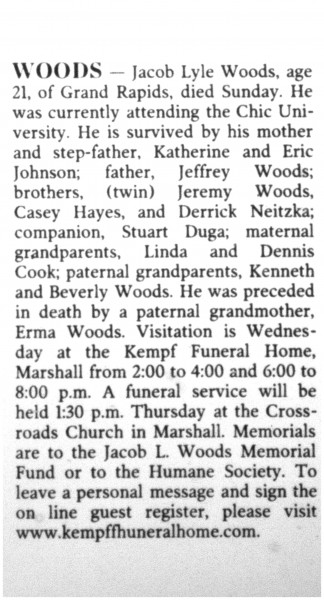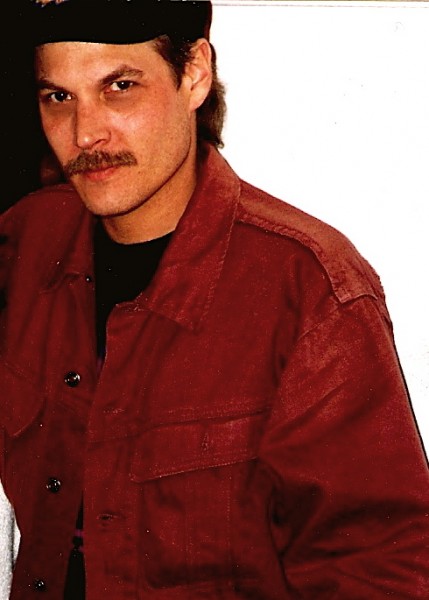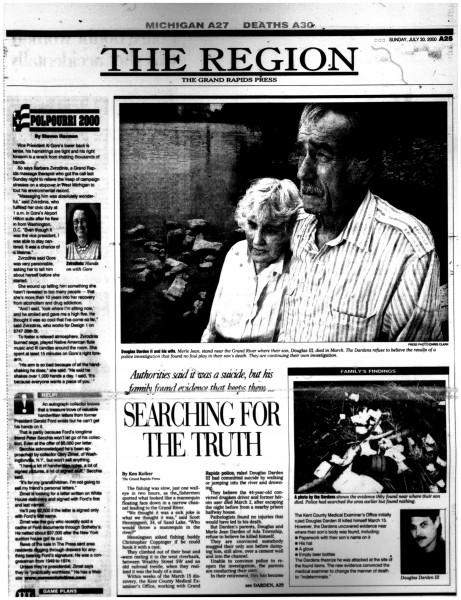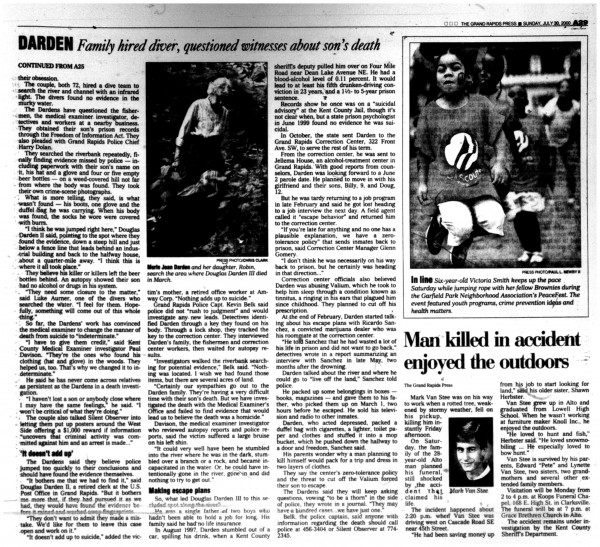March 24, 2010 — When families disagree with the findings there’s POMC
I look at my work here as story telling. Â I am not a private investigator, I am not a trained forensic specialist, I am not a sworn officer. Â Just a story teller. Â So when a mother (two of them, actually) comes to me and tells me why she thinks her son’s death (one classed as a suicide and the other as an accident) is a murder I am NOT equipped to gauge the validity of such a claim. Â I can listen to and look at the anecdotal evidence from the family, study the case files when they are available…and still not know. Â I am a layman. Â If these mothers are correct that would mean, then, that the forensic pathologists and/or the police officers were wrong. Â It can’t be two ways at the same time: either it was suicide (self murder), an accident or…homicide (murder by another).
But a part of the story is that in each of these particular cases the family thinks or believes that the death is a murder. Â Is it fair to report that? Â If the police are right we run the risk of doing them a grave disservice. Â One of the realities of working as civil employees is that often they do not have a chance to respond to what they take as unfair shots in the media. Â People can say things about them and they often cannot say anything in return (many times for fear of disclosing unreleased details of an investigation), even to clear up ambiguous situations.
But if there is a chance their assessment is incorrect, what of an unrecognized murder? Â Police officers…as much as they don’t like to be told they might have missed something…even more hate it even more when a bad guy gets away. Â They work for justice, they work for the victim. Â I often come back to a conversation with Jim Fairbanks. Â He was the lead detective in the initial 1979 investigation into the murder of Janet Chandler. Â He sat down in an interview while we were making the film and–urging a fresh look at the case–said “Go back over what I did and see if I missed anything.” Â The implication was that the case mattered more than his reputation. Â And it was that kind of selfless devotion to justice that resulted in the solving of that crime.
So, here’s the nub of “I can’t have it both ways”: Â If I list cases that the families believe are murder and the police/pathologists believe are not I call their investigative work into question. Â I hate to do that to people I trust and respect. Â But if I do not list the cases and they turn out to be murders–and by not posting them we allow killers to avoid their responsibilities–that’s worse.
If the case turns out to be a non murder, nobody will call with a tip (at least I hope nobody will; that would be a frivolous waste of time and a crime in its own right). Â If it turns out to be a murder and the right tip comes in, there is a better chance of justice.
When a family member believes that somebody got away with the murder of their loved one he or she can certainly ask that the case be reexamined. Â But when the police do take the time to give the case another look, a review, a reconsideration, the result is often then same. Â From the investigator’s point of view, the team did the work right the first time. Â And new cases just keep coming through the door. Â The work piles up and at a certain point they have to say “enough” when it comes to reviews. Â …Or reviews of reviews.
For the families, what then? Â Some families despair. Â Some go to the media. Â Some hire private investigators or consultants. Â Others hire psychics. Â Some do all the above. Â So certain are they that there has been a disruption in the process of justice that they will work for years to make their point. Â One of the issues they’ve conveyed is that they feel they are not heard.
There may be a way out of this impasse: The National Organization of Parents of Murdered Children, Inc. (POMC), offers a lot of resources, one of which is their SOS…their Second Opinion Services.  The idea is that qualified people will take another look at the facts of the case.  The operative word here is QUALIFIED…not families and not journalists.  There are two volunteer medical examiners who will review records the families send, according to Bev Warnock, the SOS program coordinator.  They are not investigators who are going to come to the site and try to collect new information, but they offer another and independent review.  They get maybe 100 cases a year, many of them labelled suicides, accidental overdoses or accidents. “Most of the time the cops are right and we have to agree,” says Warnock.  In about five percent of the cases, though, she says, the SOS review will result in a recommendation for reconsideration.  So the exceptions occur.  And even in the cases where the reviews support the findings, “a lot of times we may be able to answer lingering questions.”  Too, the site offers a number of other resources including counseling.  Warnock recommends that no one go through the death of a child without some kind of support.  POMC has a metro Detroit chapter but she was glad to hear that there is an organization that fulfills the support role on the west side of the state, The Conquerors, in Grand Rapids.
Warnock says that even the POMC’s work will not satisfy all parents. Â “We have people who will call up upset with us because we didn’t agree with them. … Â But even in those cases you have to put yourself in their shoes. Â Sometimes that anger is all that’s keeping them going.”
And sometimes they’re right, she notes, and in those cases there is no drive by POMC to affix blame to the investigators: Â “That’s the last thing we want to do. Â Instead, just fix it.”
That’s exactly the way we feel here at Delayed Justice. Our mission is not to blame.  Instead our mission is to remind people that questions remain about death investigations. Certainly some were accidents, some were suicides, but what about the victims who were murdered?  And what if just one of our postings leads to a re-examination of the case and that new look leads to an arrest?  Does helping that one family make it worth it even if it engenders a little frustration on the part of criminal investigators that I have respected and whose friendship I count as honor?  Would it be worth it to you if the victim were your son or daughter?
So, for now, when these cases come to us, we’ll list them at We Remember and you’ll note them because the cause of death will be “ruled a ___.” Â The blank might be “accident” or “suicide” or even something else. Â But it serves to indicate that there may be more to this story. Â And if somebody knows somethin’….




